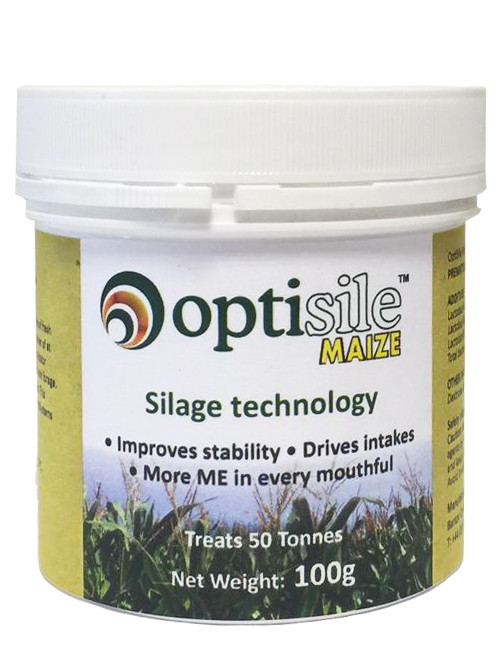Preventing maize silage heating up during feed out, thereby maximising feed value and financial contribution, depends on the concentration of acetic acid, not lactic acid, produced during fermentation, according to microbiologist Dr David Adimpong.The independent research report he refers to states, “acetic acid has been proven to be the sole substance responsible for increased aerobic stability, and this acid acts as an inhibitor of spoilage organisms.”
The report adds that using inoculants producing only lactic acid, “leads to silages which have low stability against aerobic deterioration.”Based on this, Dr Adimpong from Envirosystems has developed an inoculant with two bacterial strains that produce acetic acid. In addition, OptiSile Maize also contains a lactic acid strain for a rapid initial fermentation and maximum capture of nutrients going into the clamp.”Farmers growing maize know that heating up when the clamp is open increases at higher energy values. The better silage you make, the more you can lose from spoilage or gain from its prevention.”


